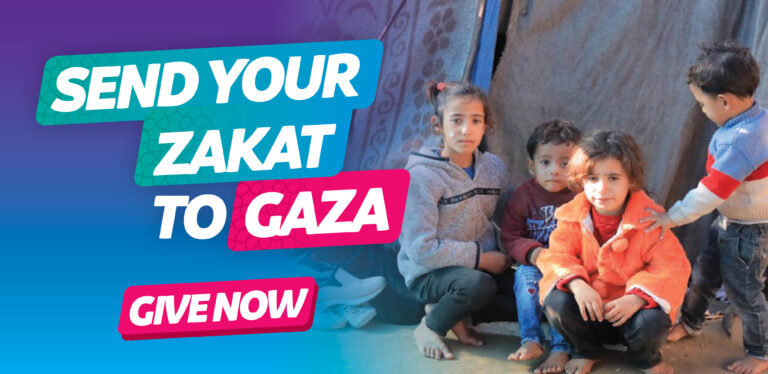Performing the Isha prayer, also known as the night prayer, is a significant part of the daily prayer schedule for Muslims worldwide. Isha prayer not only completes the cycle of the five obligatory prayers but also serves as a time for reflection, seeking protection, and increasing one’s spiritual connection before the end of the day.
One important element to understand is the structure of Isha namaz rakat (units of prayer) in Isha, as it consists of both obligatory and additional prayers with a unique structure. In this article, we’ll cover everything you need to know about the Isha Namaz rakat, with a focus on authentic sources.
What Is Isha Namaz?
The Isha prayer is the fifth and final daily obligatory prayer for Muslims and must be performed after the Maghrib prayer, during the night. The timing for Isha begins when the twilight completely disappears and the night sets in, extending until the middle of the night or, as some scholars permit, until Fajr (dawn). This prayer is essential for fulfilling the daily obligation of Salah, and it symbolizes the conclusion of a Muslim’s day with remembrance of Allah and devotion.
The Importance of Isha Namaz
The Prophet Muhammad (PBUH) emphasized the importance of performing Isha, especially in congregation, saying: “Whoever prays Isha in congregation, it is as if he has spent half of the night in prayer, and whoever prays Fajr in congregation, it is as if he has prayed the whole night.” (Sahih Muslim).
Isha holds special merit because it is often prayed when individuals may be tired after a long day, making the act of praying a sign of dedication and commitment.
How Many Rakats Are in Isha Namaz?
The Isha prayer consists of 9 or 11 rakats in total, divided into various categories. Here’s a breakdown of each part:
- 4 Fard Rakats (obligatory)
- 2 Sunnah Mu’akkadah Rakats (emphasized Sunnah, highly recommended)
- 2 Nafl Rakats (optional, beneficial for additional rewards)
- 1 or 3 Witr Rakats (strongly recommended as part of the Isha prayer)
Each section of these rakats has a specific place in the prayer and offers unique benefits.
Breakdown of Isha Namaz Rakat
1. Fard Rakats (4 Rakats)
The 4 Fard rakats of Isha are obligatory and the core part of the prayer. Missing these rakats without a valid reason invalidates the Isha prayer, as these four units form the essential obligation for this prayer time.
Each Fard rakat consists of a set structure that includes standing (Qiyam), bowing (Ruku), and prostrations (Sujood). Performing the Fard rakats with sincerity is a key to fulfilling the obligation of Isha.
Total: 4 Rakats (Obligatory)
2. Sunnah Mu’akkadah (2 Rakats)
The 2 Sunnah Mu’akkadah rakats following the Fard are highly recommended and carry significant rewards. Prophet Muhammad (PBUH) emphasized the performance of these Sunnah rakats after Isha, which makes them beneficial to incorporate. It is narrated that the Prophet (PBUH) regularly observed Sunnah Mu’akkadah, and following these recommended practices can help believers earn additional blessings.
Total: 2 Rakats (Highly Recommended)
3. Nafl Rakats (2 Rakats)
The 2 Nafl rakats after the Sunnah Mu’akkadah are optional but add an extra layer of devotion for those who wish to draw closer to Allah. These rakats are not obligatory, and missing them does not affect the validity of the Isha prayer. However, for those who perform them, they offer an opportunity for added rewards and a chance to build spiritual closeness with Allah.
Total: 2 Rakats (Optional)
4. Witr Rakats (1 or 3 Rakats)
Witr is a unique and important part of the Isha prayer, consisting of 1 or 3 rakats and both are valid. The Witr prayer is distinct because it has an odd number of rakats, which sets it apart from other prayers.
The Prophet Muhammad (PBUH) described Witr as a “duty” for Muslims, indicating its importance. Some scholars have used this as evidence to say that the witr prayer is, therefore, wajib (obligatory).
The Witr prayer may be performed in two ways:
- 3 Witr – 2 Rakats followed by 1 Rakat with Tashahhud (recitation of the testimony). This is the most common Witr format prayed in congregation.
- 1 Witr – 1 Rakat prayed with only one Tashahhud at the end.
The Prophet (PBUH) said, “Make Witr your last prayer at night.” (Sahih Bukhari), which highlights the importance of completing the night with Witr.
Total: 1 or 3 Rakats (Wajib)
Significance of Praying Isha Regularly
Isha prayer marks a believer’s spiritual closure for the day, allowing Muslims to end their day in worship. By performing Isha with the recommended rakats, Muslims earn greater rewards and achieve a sense of inner peace. Moreover, Witr prayer helps Muslims strengthen their faith as they conclude their daily prayers with a unique act of devotion.
Final Thoughts
Understanding the structure of Isha Namaz rakat is essential for every Muslim. Performing the obligatory 4 Fard rakats fulfils the basic requirement of Isha while adding the Sunnah, Nafl, and Witr rakats can significantly increase rewards. These additional rakats align with the practices of Prophet Muhammad (PBUH), encouraging Muslims to earn greater blessings.
May Allah grant us steadfastness in performing our prayers and help us to benefit from the rewards of the Isha prayer.








 AUD
AUD
 GBP
GBP
 EUR
EUR
 CAD
CAD
 SGD
SGD
 MYR
MYR


